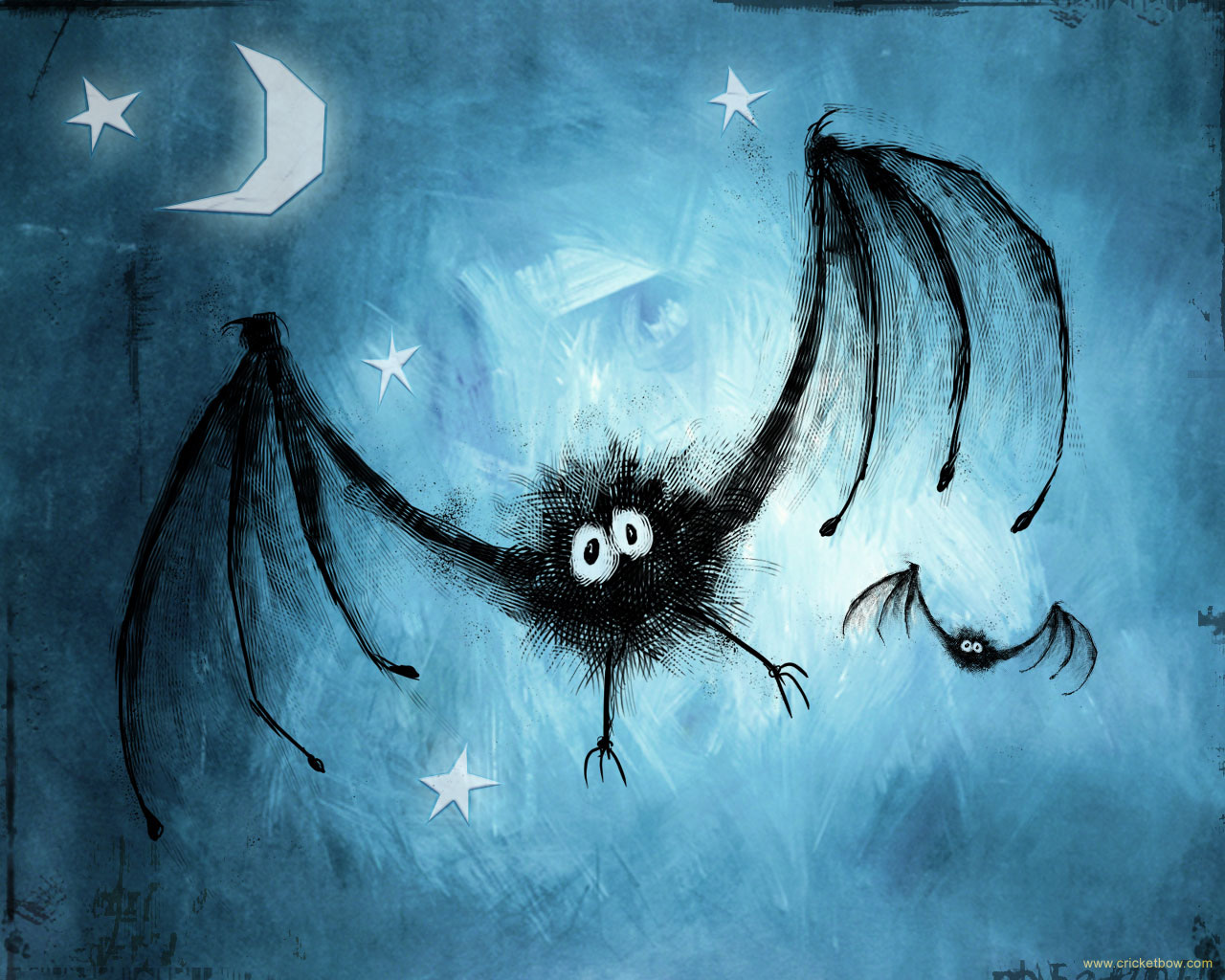Halloween is definitely my favorite holiday. I love to get scared! Maybe that’s why I’m so interested in invasive species. They may not fly on broomsticks or float through walls, but invaders like zebra mussels and sudden oak death can be a terror in their own right, threatening our Northwest economy and ecosystems. Sure, being attacked by vampires isn’t much fun, but a few cloves of garlic and you’re home safe. Try getting rid of a field of invasive prickly Himalayan blackberry or a stream full of tiny self-cloning New Zealand mudsnails…that’s horror!
But if a trick-or-treater came to your doorstep this year dressed as an emerald ashborer or bighead carp, would you recognize their costumes? Would your neighbors? We have the same challenge with real invasive species. Although preventing biological invasions is our best bet, finding them early is critical for any chance of eradication. That means we need as many eyes out there as possible to notice if one of these miniature monsters arrives to our region. The Oregon Invasive Species Council’s (OISC) “100 Most Dangerous” list (www.oregon.gov/OISC/) is a great place to find out about some of the most notorious invaders on the watch list. More importantly, learn (and teach others) about the plants and animals that normally occur in Northwest streams, bays, forests, and other habitats. Then, even if you can’t identify something that doesn’t look familiar, you’ll know to sound the alarm.
It’s common knowledge to dial 911 in an emergency, but did you know that alerting the authorities about a new invasive species is just as easy? In Oregon, you can call 1-866-INVADER, or submit your report on the OISC hotline at www.oregoninvasiveshotline.org, where your report will be sent immediately to an expert for a response. There’s also a national reporting hotline for aquatic nuisance species (ANS) at 1-877-STOPANS.
You’re not alone in this fight. Many programs are in place to enhance our ability to spot invasive species quickly. There are amazing advances under development to detect genetic fragments of aquatic invaders long before we ever see them splashing about. Computer models are helping us predict where invasive weeds might spread with a changing climate. The U.S. Fish and Wildlife Service (USFWS) and U.S.Geological Survey (USGS) recently teamed up to improve the ability of agency SCUBA divers to find zebra and quagga mussels underwater. In addition to producing guidelines for conducting underwater mussel surveys, USGS has begun to train divers on the specific skills for finding these "needles in a haystack". A USFWS video on this project is coming soon to the Pacific Region’s aquatic invasive species website: http://www.fws.gov/pacific/Fisheries/aquaticnus/
So, keep your eyes open, and not just for ghosts and goblins. And if you’re still pondering costume options for this Halloween, consider dressing up as giant hogweed or a rusty crayfish. We’ll be standing by ready to respond if someone reports you to the hotline!
- Paul Heimowitz, Pacific Region Aquatic Invasive Species Coordinator, U.S. Fish and Wildlife Service


No comments:
Post a Comment